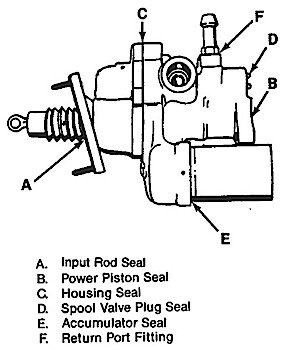

They are designed to help technicians properly set up, inspect, and diagnose several components integrated with ADAS.
The latest technical materials from Bendix Commercial Vehicle Systems LLC (Bendix) are designed to help technicians properly set up, inspect and diagnose several components integrated with advanced driver assistance technologies, including trailer antilock brakes, steering systems and forward-looking cameras.
“The safety systems on today’s commercial vehicles are more road-proven and effective in supporting safe drivers than ever,” said Nicole Oreskovic, Bendix vice president, sales and marketing. “They’re also more complex and interconnected, which means we need to thoroughly support the skilled people who keep them in top operating condition."
The 29 new part numbers will be available by the end of March for distributors interested in adding to their product coverage.
ASE urges industry members to embrace Automotive Service Professionals Month as a platform for expressing gratitude.
The latest additions expand coverage to more than 5 million vehicles in operation.
Shop-Ware is a cloud-based shop management platform catering to independent automotive aftermarket repair shops.
The goal is to emphasize the need for federal REPAIR Act legislation, according to the Auto Care Association.
Goodguys is one of many industry relationships the foundation has developed to help solve the technician shortage.
As women make up more than half of all drivers in the United States, Valvoline is taking steps to increase their vehicle care confidence.
From Australian manufacturer Clutch Industries, UniClutch is a clutch system that delivers uncompromised performance.
